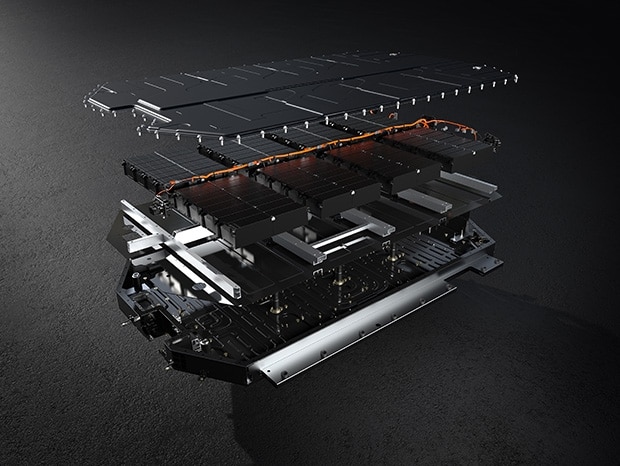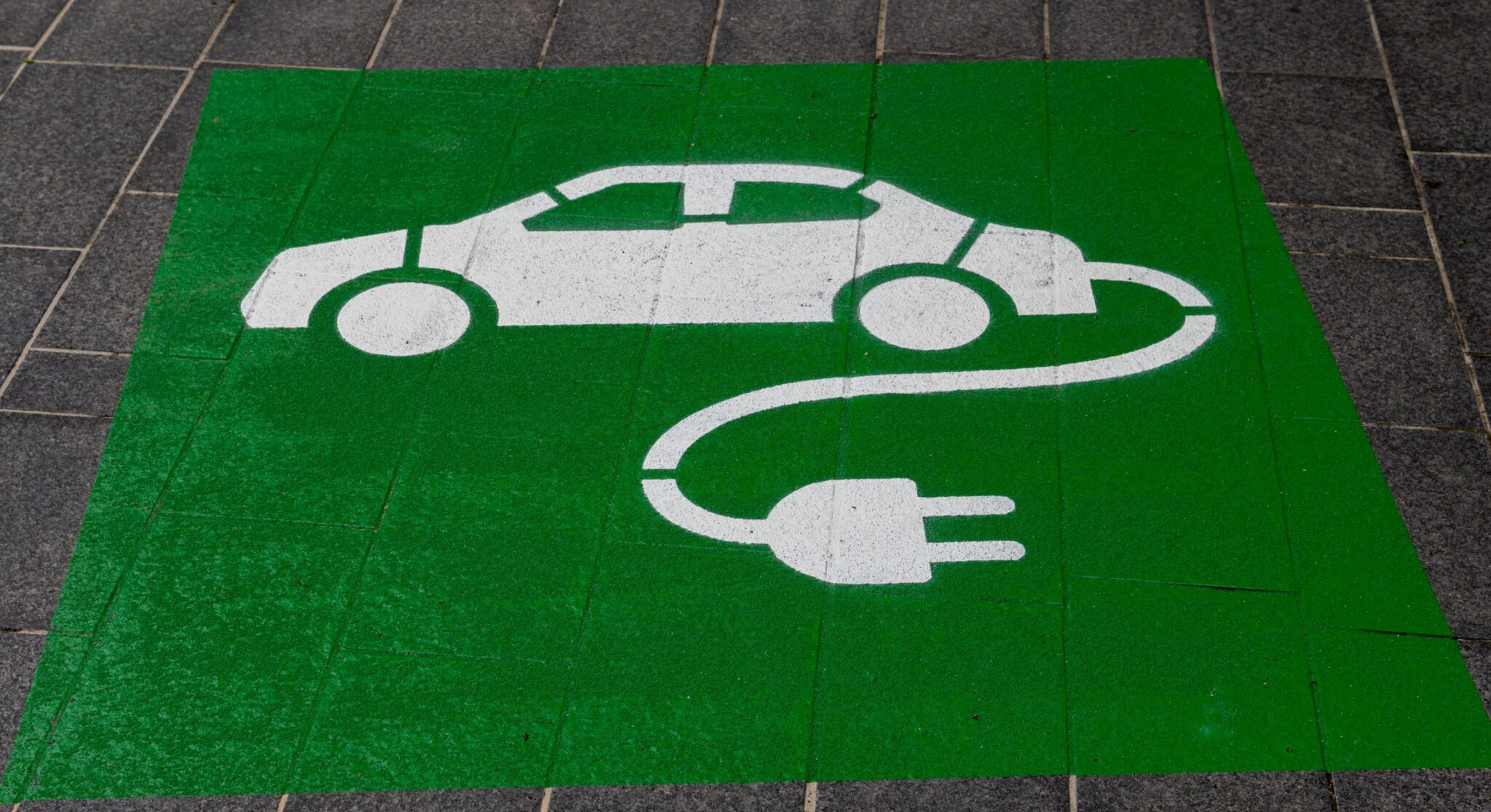Electric vehicles (EVs) are hitting the highways and city streets in record numbers, and it’s no surprise why – they’re environmentally friendly, increasingly affordable, and a blast to drive. However, one question often lingers in the minds of potential EV buyers: What about the batteries? In this piece, we’ll pull back the curtain on batteries for EVs, diving into how they work, their types, costs, lifespans, and even how you can coax out a few more miles from your EV battery.
Understanding the Inner Workings of EV Batteries
Electric vehicles (EVs) run on rechargeable batteries instead of traditional fossil fuels. The battery pack of an EV stores electrical energy and uses it to power an electric motor, which drives the wheels. The charging process is simply the reversal of this, where the battery is replenished by an external power supply. Let’s take a closer look at how these batteries work.
How Do Batteries for EVs Work?
EV batteries operate on the principle of electrochemistry. Inside the battery, there are numerous cells containing a cathode (positive electrode), an anode (negative electrode), and an electrolyte that enables the flow of ions between them. When the EV is in operation, chemical reactions within these cells cause ions to move from the anode to the cathode, creating an electric current that powers the motor.
During charging, the process is reversed: the electric current supplied from an external power source causes ions to move from the cathode back to the anode. This restores the battery’s energy, preparing it for the next drive.
Battery Management System (BMS)
A critical component in the functioning of EV batteries is the Battery Management System (BMS). This sophisticated electronic system manages the battery’s operation to ensure optimal performance, safety, and longevity. The BMS monitors and controls various aspects like voltage, current, temperature, and state of charge. By doing so, it protects the battery from conditions that could harm its performance or safety, such as overcharging, overheating, or extreme discharge.
A Balancing Act
Another essential function of the BMS is cell balancing. Since an EV battery consists of many cells connected in series, it’s important that they all have the same state of charge to maximize efficiency and lifespan. If one cell is more charged or discharged than others, it could cause problems. Cell balancing is the process of ensuring that all cells have the same state of charge, either by redistributing charge from higher to lower charged cells (active balancing) or by dissipating excess charge in higher charged cells as heat (passive balancing).
Regenerative Braking
A distinctive feature of how EV batteries work is regenerative braking. When an EV decelerates, the electric motor operates in reverse, acting as a generator to convert kinetic energy back into electrical energy. This energy is then fed back into the battery, effectively extending the vehicle’s range.
This concept of regenerative braking plays a pivotal role in the emerging driving technique known as one-pedal driving. A unique characteristic of electric vehicles, one-pedal driving allows the driver to both accelerate and decelerate using just the accelerator pedal. When the driver lifts their foot off the pedal, the vehicle automatically engages regenerative braking, slowing the car down while simultaneously recharging the battery. If you want to dive deeper into this innovative technique, check out our podcast episode where we discuss regenerative braking and one-pedal driving in detail.
Types of Batteries for EVs
EVs draw their power from one of three types of batteries: lead-acid, nickel-metal hydride (NiMH), and lithium-ion.
Lead-acid batteries, the seasoned veterans of the battery world, have been powering vehicles for over a century. They’re affordable and long-lasting, but their weight and low energy density can be a drawback. For example, electric vehicles like the Nissan LEAF and the Chevrolet Volt rely on this type of battery.
NiMH batteries are the middle children, lighter than lead-acid batteries and boasting a higher energy density. However, this increased performance comes with a heftier price tag. Cars such as the Toyota Prius Prime and the Honda Clarity PHEV make use of NiMH batteries.

Courtesy of Kia Europe GMBH
Finally, there’s the lithium-ion battery – the star of the EV show. These batteries are the lightest and most energy-dense of the trio. They’re also the most expensive, but as technology advances, we’re seeing their cost steadily decrease. Lithium-ion batteries power the likes of the Tesla Model S, the Porsche Taycan, and the Lucid Air.
Cost of Batteries for EVs
While the price of EV batteries has been on a downward trend, they remain one of the most significant expenses when purchasing an EV. Battery cost can swing dramatically, influenced by factors like battery type, size, and the manufacturer’s pricing strategy. As a ballpark figure, you can expect to fork out anywhere from $5,000 to $20,000 for an EV battery.
[cta_blog_section title=’Find the best parts for your EV here.’ cta_url=’https://www.evuniverse.com/shop-ev-parts’ cta_button=’SHOP PARTS’]
Lifespan of Batteries for EVs
Several factors can affect an EV battery’s lifespan, including the type of battery, how you drive, and even where you live. Generally speaking, an EV battery can keep you on the road for 10 to 15 years. Of course, with good care and a little luck, you might squeeze out a few more years.
Battery Replacement for EVs
Eventually, there will come a time when your EV battery reaches the end of its life and needs replacing. The cost of a new battery can be quite high, but many manufacturers offer warranties that cover battery replacement for a certain number of years or miles. Additionally, advancements in technology and increased production are steadily driving down the cost of replacement batteries.
Battery Charging and Maintenance for EVs
Charging your EV battery isn’t just about plugging it in and waiting. How and when you charge can significantly impact your battery’s health. For instance, slow charging using a Level 2 charger, like the ones we offer at EV Universe, is usually better for your battery than rapid charging, as it generates less heat.
Investing in a Level 2 charger can be a game-changer for your electric vehicle experience. These chargers can charge your vehicle up to seven times faster than a standard home outlet, making it perfect for overnight charging, when energy demand is lower. This not only can be more economical but also better for the battery.

And if you happen to be a Tesla owner, we’ve got you covered too. With our Tesla extension cord, you have the flexibility to charge your vehicle at your convenience, no matter where the charging port may be.
While we’re on the topic of maintenance, it’s worth noting that EV batteries require less maintenance than conventional car batteries. However, that doesn’t mean you should ignore them. Regular check-ups by a professional can help detect and address issues early, ensuring your battery’s health and longevity.
Remember, taking care of your EV’s battery is an essential part of owning an electric vehicle, and at EV Universe, we’re here to make that easier for you. Check out our range of products under ‘Shop Parts‘ on our website to find everything you need to keep your EV running at its best.
[cta_blog_section title=’Looking for your next EV?’ cta_url=’https://www.evuniverse.com/best-selling-electric-cars’ cta_button=’VIEW LISTINGS’]
Tips for Extending the Lifespan of Your EV Battery
Want to keep your EV battery in top shape for as long as possible? Here are some tips:
- Steer clear of extreme temperatures. Both hot and cold conditions can inflict damage on EV batteries.
- Don’t drain your battery completely. Try to keep your battery charge between 20% and 80%.
- Opt for Level 2 charging when possible. While Level 3 or fast chargers offer convenience, frequent use can heat up your battery and potentially shorten its lifespan.
- Keep up with regular battery servicing. A professional can inspect your battery and ensure it’s in good working order.
Remember, not all EVs use the same type of battery. The battery type that’s best for an EV will depend on various factors, including the battery’s cost, the EV’s range, and the vehicle’s weight. As you navigate the world of EVs and their batteries, always keep your personal needs and driving habits in mind.
Conclusion
Choosing an electric vehicle is a fantastic step towards a more sustainable future. Understanding the ins and outs of EV batteries – from the type of battery that’s best for your needs to understanding its lifespan, cost, and maintenance – is key to making the most out of your EV experience. Yes, the world of EVs and their batteries can seem a bit complex, but with a bit of knowledge and understanding, you’ll be well on your way to a smooth, efficient, and exhilarating ride.
Remember, the future is electric – and you’re in the driver’s seat. Enjoy the journey!
Featured Image Courtesy of Lucid Group, Inc.

